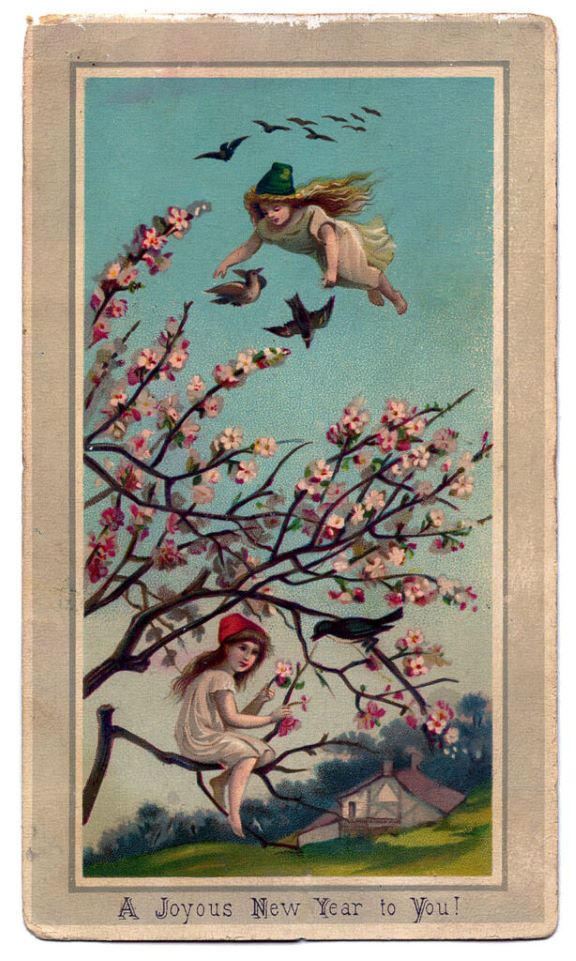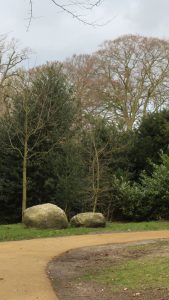Considering the outcome of my previous New Year’s resolution on a dark, misty afternoon, I judged that it hadn’t amounted to much. Although I had resolved to feel unburdened by self-imposed tasks, my to-do list snowballed instead. It all started innocently enough; I decided to spend a little time improving my coding skills. That led to my manager deciding I was tech-savvy enough to help another group with technical writing.
Meanwhile, with a big push for AI development underway, my workgroup had to do software testing in addition to our regular tasks, and by June that had expanded so much that we had overtime hours available every week. At the same time, my husband was making plans for our mixed quad crew to row in October at the Head of the Charles, which would be our first time traveling to this extremely competitive regatta in Boston. I earned some overtime money to put toward rowing expenses, while keeping up with both my regular workouts and rowing practice in the quad.
The Boston trip was exciting, and I was glad that we did it. Still, this was a year in which I felt exhausted and fragmented more often than not. I couldn’t honestly say I’d gotten anywhere with my resolution to unburden myself. What I really wanted to do was to soar through life free and easy, floating weightlessly above it all, kind of like this old-fashioned image I came across recently:
“So, go ahead and do it then.”
Dot, my personified to-do list, stepped out of last year’s resolution post and tapped one of her shiny red shoes impatiently.
“Okay, that sounds good as a resolution and a word of intention,” I had to agree. “Soar. Let go of the burdens, becoming so light without them as to lift up into the air. Yes, I like that idea—but how can I take any practical steps toward doing it?”
“You don’t, really.” Dot opened her hands, showing their emptiness. “You just let go, and everything else takes care of itself. Here’s a question: What were you doing last week?”
“Not much. I was on vacation.”
“Did you feel unburdened?”
I thought about it for a moment before answering. “Yes. I suppose so. It felt quiet and calm, with nothing much going on. I didn’t feel that I was carrying any burdens in particular.”
“Well, there you go.” Dot smiled. “That means there’s nothing to stop you from soaring. Maybe your feet already have lifted off the ground, just a little, whether or not you’ve noticed yet.”










